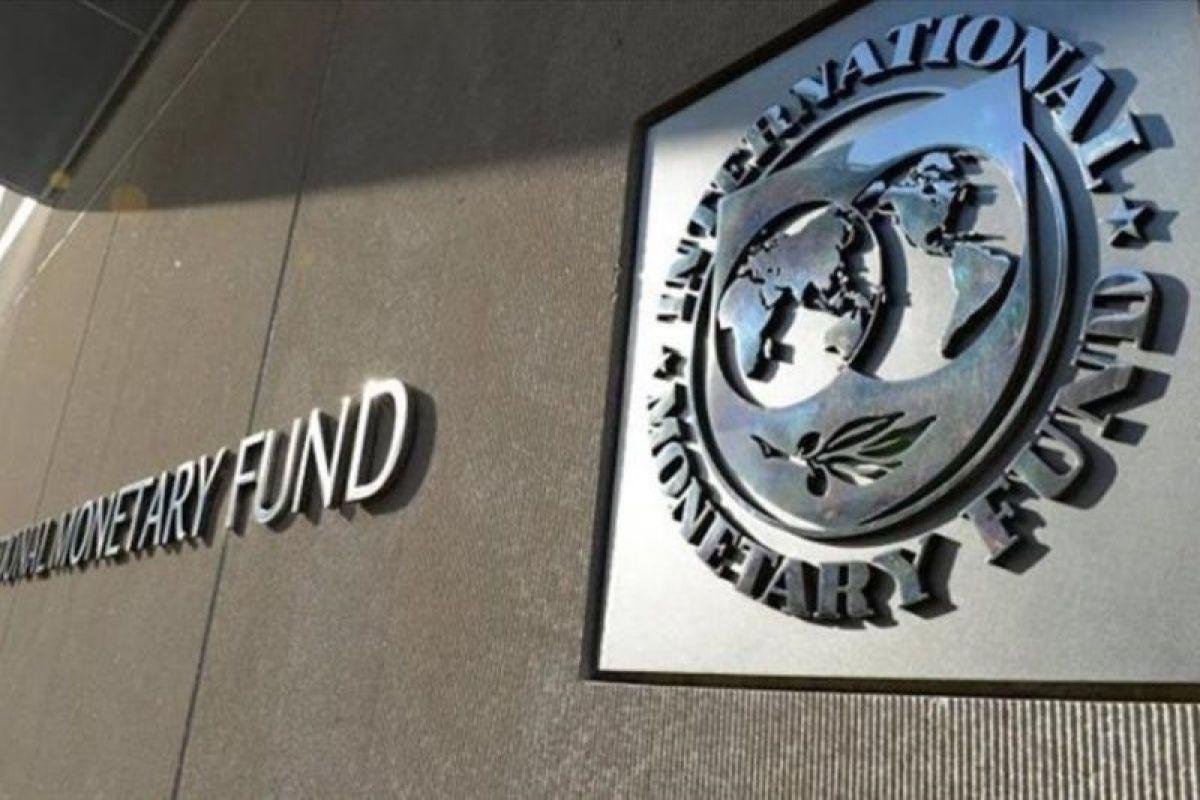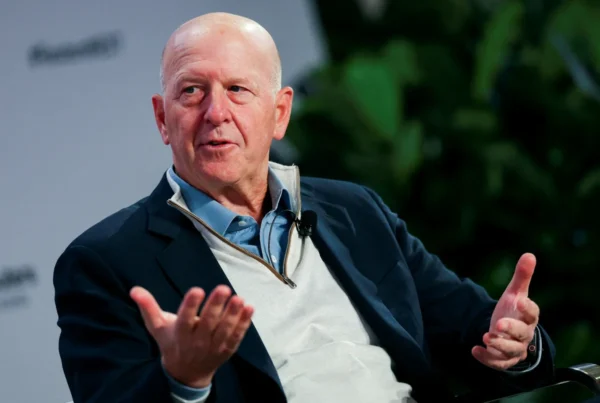IMF Inflation has become a major concern after the International Monetary Fund (IMF) issued a stark warning that rising global tariffs are distorting the path of price stability across nations. According to the IMF, the wave of tariff adjustments implemented by several major economies is creating an uneven picture of inflation worldwide. While some countries are battling stronger core inflation, others, particularly export-reliant nations, are experiencing weakening demand and declining price pressures.
The IMF highlighted that the current trend diverges significantly from past inflationary cycles. Instead of a synchronized movement, inflation is now splitting along trade lines. The warning comes at a time when global supply chains are still recovering from post-pandemic disruptions and geopolitical tensions, raising questions about the resilience of international trade.
IMF Inflation Warning and the Global Context
The global economy is facing heightened uncertainty as tariffs are used not only as economic tools but also as instruments of geopolitical strategy. The IMF’s warning reflects concerns that inflationary outcomes are no longer predictable across regions. Instead, they depend heavily on trade exposure, supply chain integration, and domestic monetary policies.
In its latest analysis, the IMF noted that tariff increases on essential goods, raw materials, and intermediate products are directly feeding into higher production costs. This impact is especially visible in countries with a large import dependency. On the other hand, exporters are caught in a different cycle, where weaker global demand suppresses their ability to pass on higher costs, creating downward price pressure.
Core Inflation Pressures Intensify
Countries with a heavy reliance on imported consumer goods are reporting stubborn core inflation. The IMF underlined that this is not just a temporary spike but an ongoing trend. For example, several European economies and parts of Asia have seen persistent inflation in non-energy sectors such as food, housing, and services.
Experts argue that the longer core inflation remains elevated, the harder it becomes for central banks to ease monetary policy. This forces policymakers into a delicate balancing act: tightening rates risks suppressing growth, while easing too soon could entrench inflation expectations.
Export Nations Face Weaker Demand
Meanwhile, major exporters such as those in Southeast Asia and Latin America are facing the opposite problem. IMF economists warned that these economies are encountering shrinking external demand, particularly in manufacturing and commodity exports.
This shift is already visible in trade data. For instance, electronics and machinery exporters have reported falling orders from Europe and the United States. Similarly, agricultural exporters face declining revenues as tariffs disrupt long-standing supply relationships. Lower demand reduces inflationary pressure at home but simultaneously dampens economic growth.
Structural Shifts in Trade and Prices
The IMF analysis points to structural changes in how tariffs affect global inflation dynamics. In the past, protectionist policies typically led to widespread price increases. Today, the impact is fragmented, creating winners and losers depending on the nature of each economy.
Some nations with diversified supply chains and stronger domestic industries are managing to absorb the shock. Others with heavy trade dependency are more vulnerable to external tariff policies. The IMF emphasized that this uneven inflation landscape could deepen inequalities between advanced and emerging economies.
Diverging Policy Responses
Policy responses are also diverging. In the United States, the Federal Reserve continues to monitor core inflation closely, signaling caution on rate cuts. In contrast, some emerging economies have started easing policies to counteract weak growth. This divergence risks fueling further volatility in currency markets, complicating the global trade outlook.
Moreover, tariff-driven inflation is reviving debates about globalization and self-sufficiency. Some countries are doubling down on industrial policies to reduce reliance on imports. Others are seeking new trade agreements to bypass tariff barriers, although such negotiations are often lengthy and politically sensitive.
Business and Consumer Impact
For businesses, tariff-related inflation creates new uncertainties. Companies operating across multiple markets must navigate rising costs in some regions and falling demand in others. This has prompted many to rethink supply chain strategies, diversify suppliers, or relocate production closer to home markets.
Consumers, too, are feeling the effects unevenly. In economies with strong core inflation, households face higher living costs in everyday goods and services. In export-reliant nations, the concern shifts to job security as industries slow production or cut back on hiring.
Long-Term Outlook and IMF Recommendations
Looking ahead, the IMF projects that tariff-induced inflationary pressures will persist if trade tensions remain unresolved. The Fund urged governments to avoid using tariffs as a blunt instrument for addressing political disputes, warning that such measures undermine global stability.
Instead, the IMF recommends strengthening multilateral cooperation, enhancing supply chain resilience, and investing in domestic production efficiency. By addressing both supply and demand imbalances, policymakers can reduce the uneven burden of inflation across countries.
Potential Global Risks
One of the greatest risks identified by the IMF is policy misalignment. If advanced economies continue raising tariffs while emerging economies ease monetary policies, financial markets could see heightened volatility. Currency depreciation, capital flight, and debt sustainability challenges may emerge in vulnerable nations.
Additionally, prolonged tariff battles risk fragmenting the global economy into trade blocs. This could reverse decades of progress in economic integration, leading to slower growth and reduced innovation worldwide.
Opportunities Amid the Challenges
Despite the risks, some opportunities exist. Nations that can adapt by diversifying exports or investing in domestic innovation may emerge stronger. Digital trade and green technology sectors are seen as potential growth areas less vulnerable to tariff disputes. The IMF pointed to these sectors as vital pathways for long-term stability.
Conclusion
The IMF Inflation warning serves as a reminder that tariff policies are reshaping global economic dynamics in unpredictable ways. While some countries struggle with elevated core inflation, others face declining export demand and subdued prices. This uneven inflation landscape highlights the fragile balance between trade, growth, and stability.
As the IMF stressed, global cooperation and coordinated policy responses will be critical to navigating this complex environment. Without them, the risk of prolonged economic fragmentation and instability will only increase.
For readers seeking more insights on global trade and economic policy, explore related analyses on Olam News.









